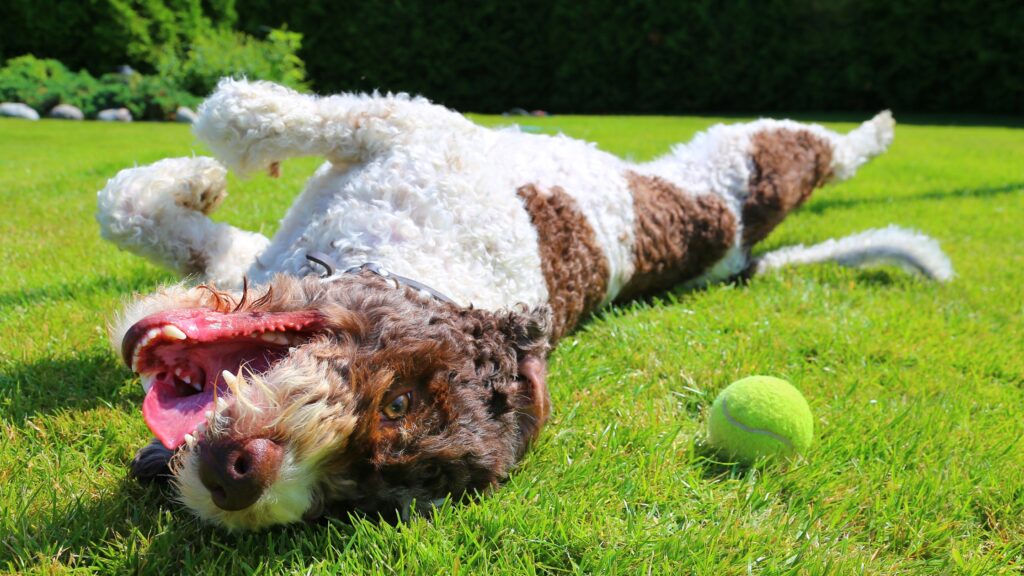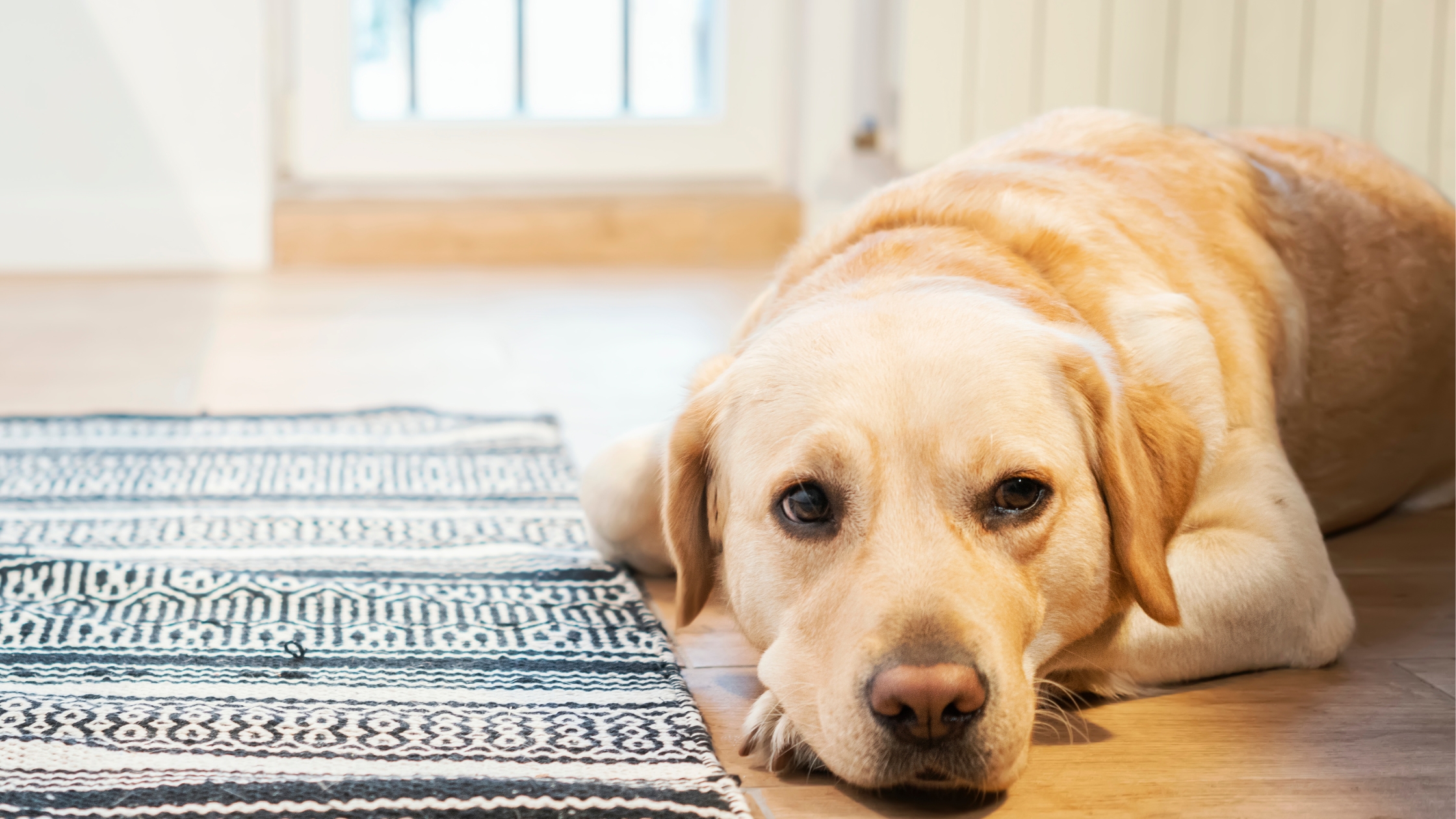Welcome, fellow dog lovers! If you’ve ever come home to a scene of shredded pillows or received noise complaints about your furry friend’s howling, you’re likely familiar with the challenges of dog separation anxiety. In this comprehensive guide, we’ll explore effective solutions to help your canine companion conquer separation anxiety and ensure both of you lead happier lives.
Understanding the Roots of Separation Anxiety
Decoding Canine Emotions
Our four-legged friends experience a myriad of emotions, and understanding these is crucial to addressing separation anxiety. Dogs thrive on companionship, making them susceptible to stress when left alone.
Identifying Triggers
Uncovering the specific triggers of your dog’s anxiety is the first step towards a solution. Whether it’s the jingle of keys, the sight of you grabbing your coat, or the closing of the front door, pinpointing triggers allows for targeted interventions.
Creating a Comfortable Environment
The Power of Safe Spaces
Designate a cozy corner or crate as your dog’s safe haven. Equip it with familiar toys, a soft bed, and an item that carries your scent, providing a secure retreat in your absence.
Interactive Entertainment
Combat boredom by leaving interactive toys that dispense treats. Engaging distractions not only alleviate anxiety but also transform alone time into an enjoyable experience for your pup.
Gradual Desensitization Techniques
Baby Steps to Independence
Help your dog acclimate to alone time by starting with short intervals. Gradually increase the duration, rewarding calm behavior and reinforcing the idea that your departure is temporary.
Randomizing Departure Cues
Dogs are quick to pick up on patterns. Break the association between specific cues and your departure by randomizing actions like picking up keys or putting on shoes.
Consistency is Key in Behavioral Training
Positive Reinforcement
Celebrate small victories with praise and treats, reinforcing positive behavior. Dogs thrive on positive reinforcement, and consistent rewards build confidence in your absence.
Seek Professional Guidance
For persistent cases, enlist the help of a professional dog trainer or behaviorist. Tailored advice and specialized training techniques can make a world of difference in tackling separation anxiety.
The Role of Exercise and Mental Stimulation
Daily Exercise Regimen
A tired dog is a content dog. Prioritize daily walks, playtime, and exercise to channel excess energy and reduce anxiety. A well-exercised pup is more likely to rest peacefully when you’re away.
Engage the Mind
Challenge your dog’s intellect with puzzle toys or training sessions. Mental stimulation is as vital as physical exercise and can keep your furry friend occupied during your absence.

Incorporating Calming Techniques for Separation Anxiety
Aromatherapy for Dogs with Separation anxiety
Explore the soothing effects of dog-friendly aromatherapy. Scents like lavender and chamomile can have a calming influence on your pup, creating a serene atmosphere in your absence.
Calming Music or White Noise
Create a tranquil ambiance by leaving on soft music or white noise. Many dogs find these sounds comforting and may be less likely to feel distressed during periods of solitude.
Canine Companionship Solutions
Introducing a Companion
Consider the possibility of bringing another dog into the family. Having a furry friend for company can significantly reduce feelings of isolation and provide comfort to your anxious dog.
Professional Dog Sitting or Daycare
For those longer periods of separation, enlist the help of a professional dog sitter or opt for daycare services. Knowing your dog is in good hands can ease both your minds and strengthen your bond.
Monitoring Progress and Adjusting Strategies
Keeping a Separation Anxiety Journal
Track your dog’s behavior and reactions to different interventions. A journal can help you identify patterns, successes, and areas that may need further attention.
Adjusting Strategies as Needed
Recognize that every dog is unique, and what works for one may not work for another. Stay flexible and be willing to adjust your strategies based on your dog’s response and progress.
With these additional strategies, you now have a comprehensive toolkit to tackle separation anxiety in your beloved canine friend. Remember, the key is a combination of understanding, patience, and a commitment to creating a supportive environment for your furry companion. Here’s to a calm and contented pup!
Conclusion:
In conclusion, addressing dog separation anxiety requires a holistic approach that combines understanding, environmental adjustments, and consistent training. By implementing these effective solutions, you can foster a sense of security in your dog and strengthen the bond you share. Remember, patience and positive reinforcement are the keys to success in alleviating separation anxiety in your beloved canine companion. Here’s to a happier, more relaxed pup!


